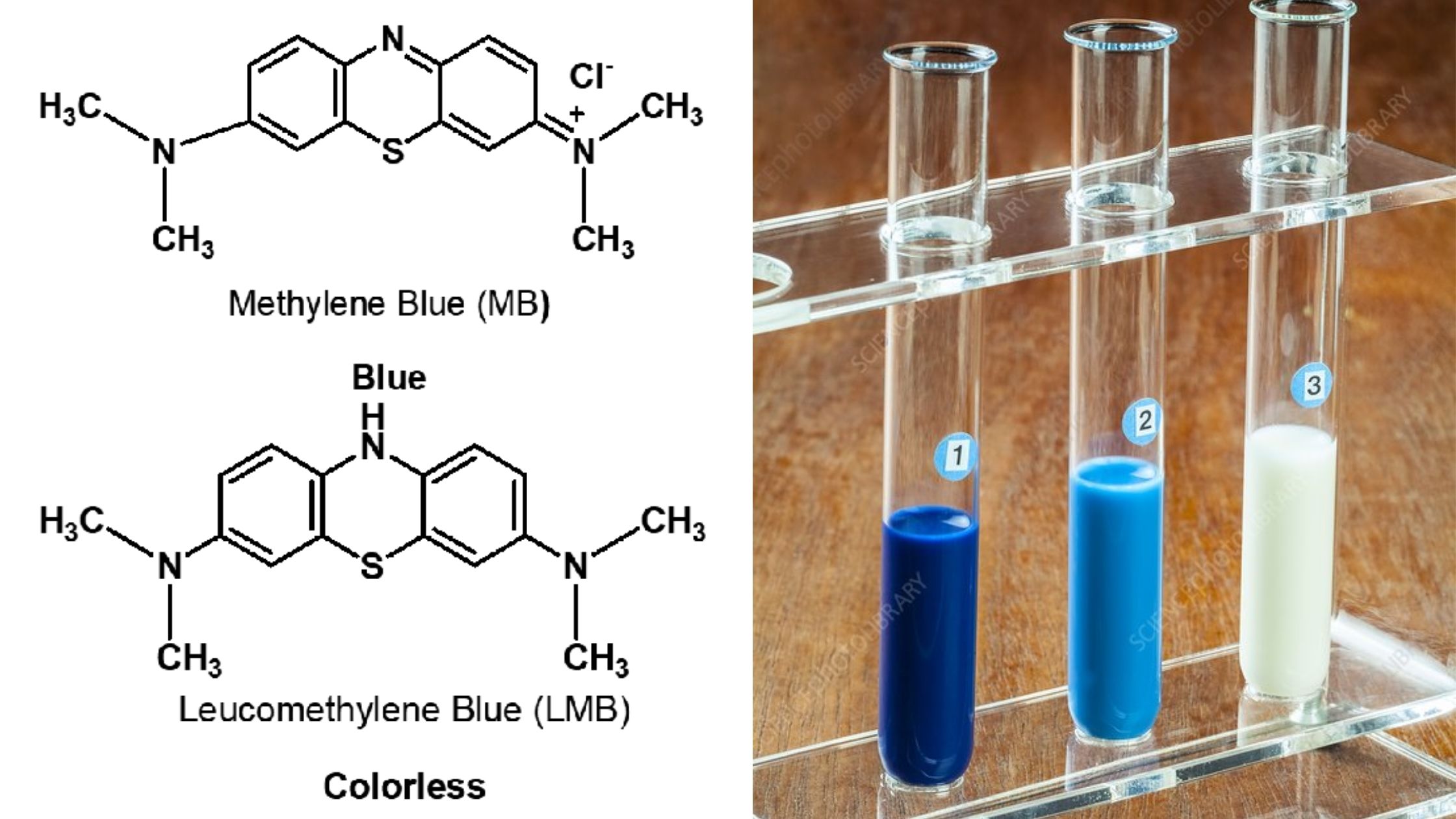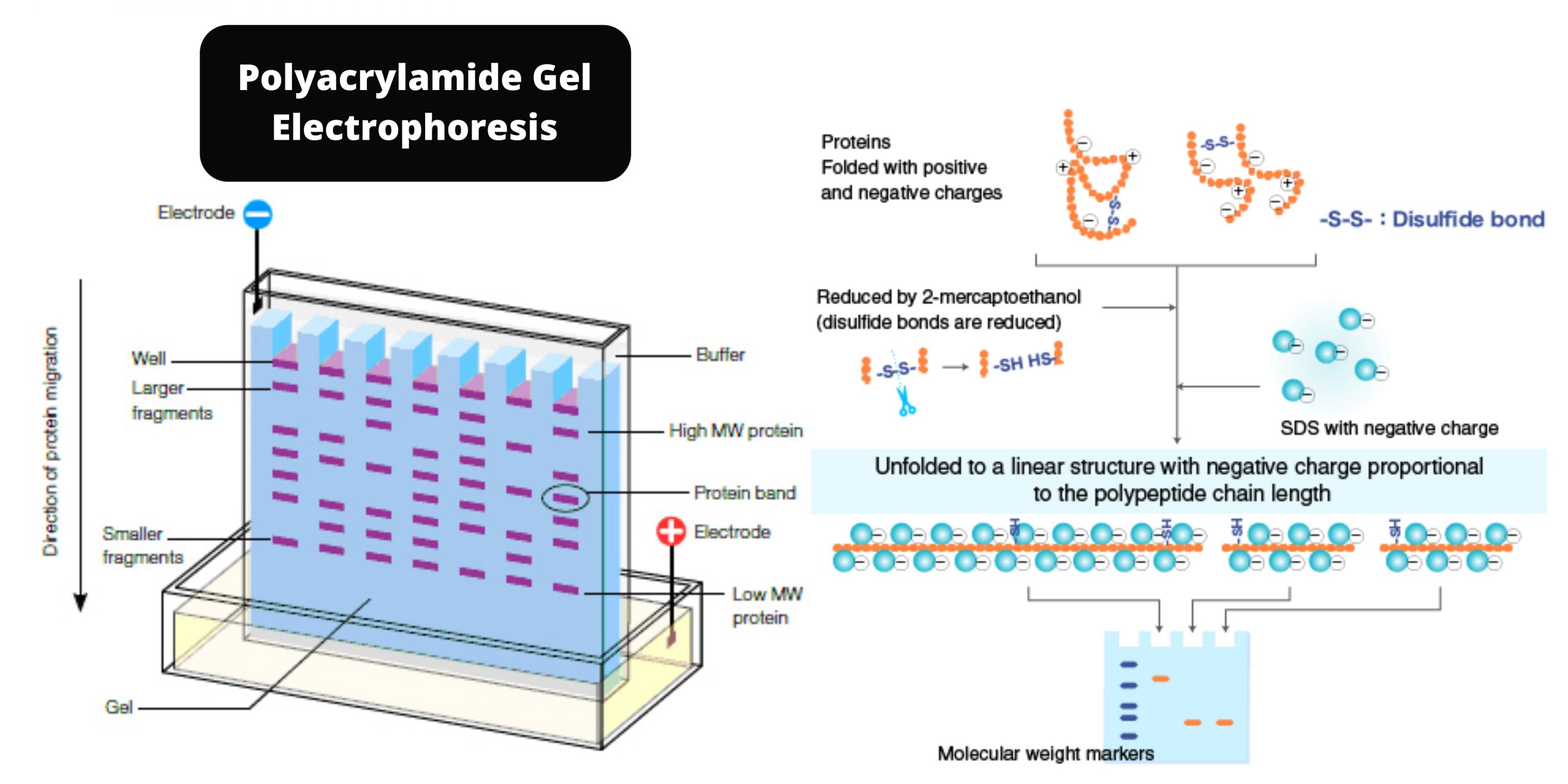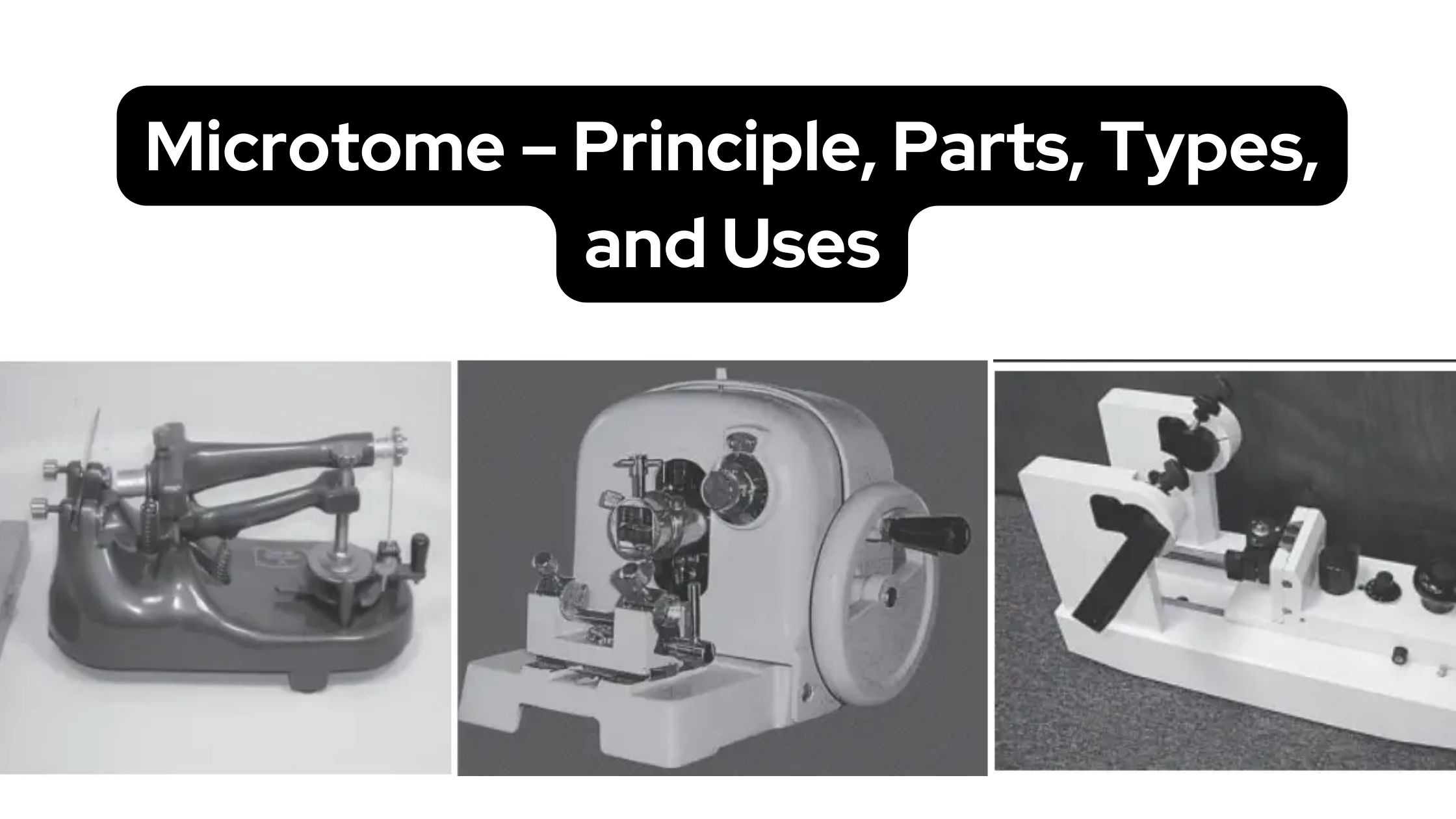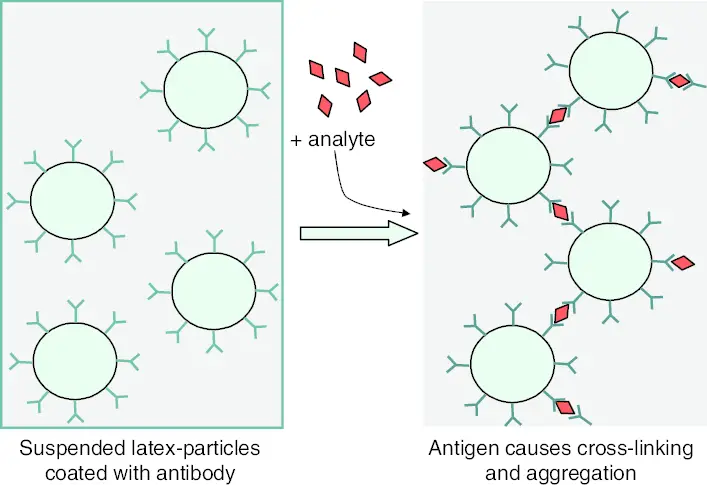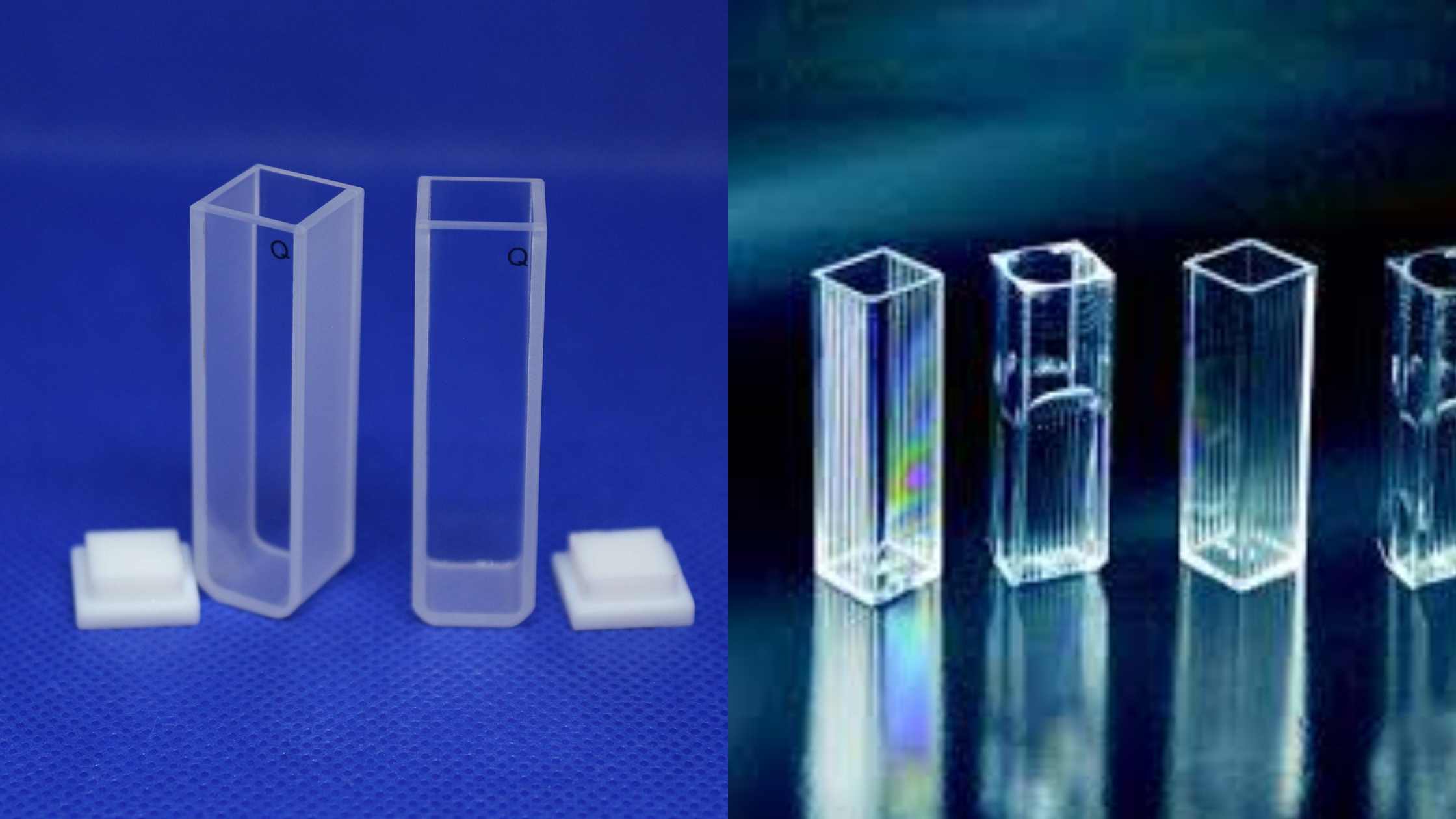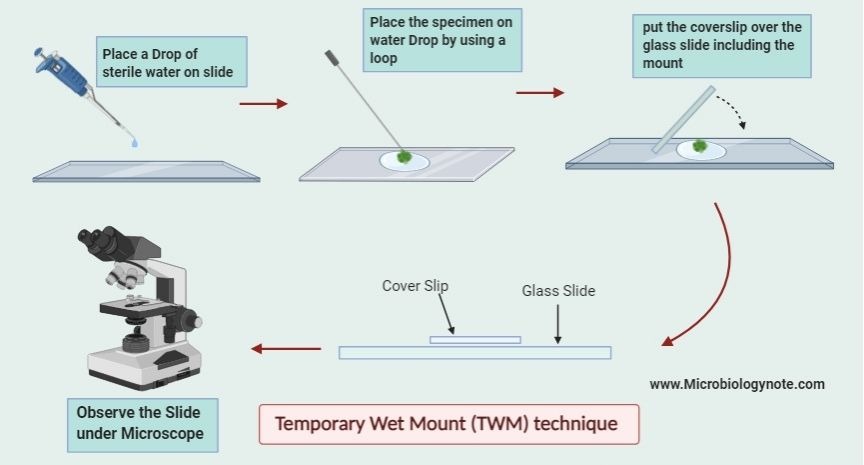Methylene Blue Reduction Test
Methylene Blue Reduction Test (MBRT) is the test used for checking the microbiological quality of milk. It is the process where a redox dye called methylene blue is added to milk, and the time taken for disappearance of the blue colour is recorded. It is based on the activity of microorganisms present in the milk. … Read more
